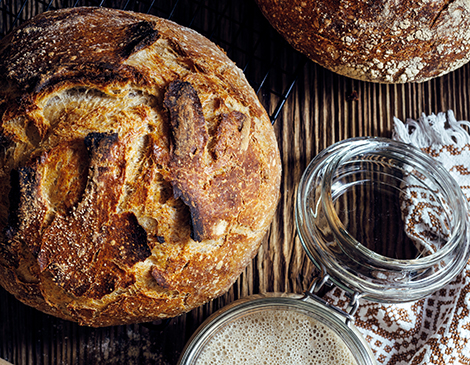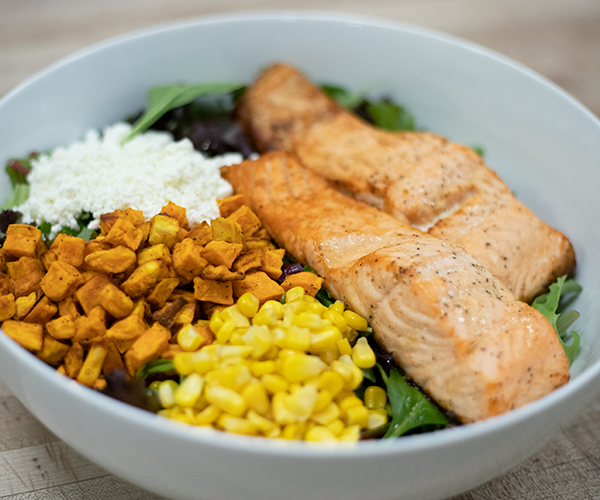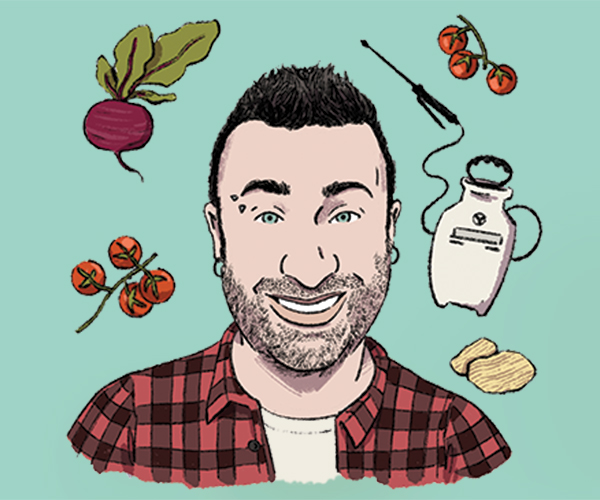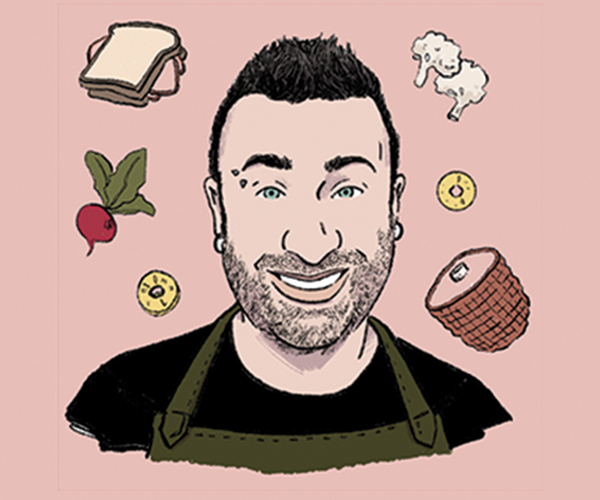To create your own starter at home without those little yellow packets of yeast, stir together 4 ounces water and 4 ounces flour in a clean glass or plastic bowl and cover loosely. “Once you’ve left the initial flour and water sitting there a couple days, you’ll notice it’s bubbly, active and starting to smell a little funky,” says Ian Herrington, owner of Leavened. Every day for a week or so, add 4 more ounces of both water and flour. “The yeast that’s naturally in the flour will start to go to work on that new batch of flour,” he says.
Starting Points
Consider these tips before you get to work.
A starter is 50/50 water and flour. Herrington recommends the flour be a 50/50 mixture of white and whole wheat or rye, at least in the earliest stages. “Rye and whole wheat, due to their nature, have more enzymes, which leads to more activity more quickly than white flour alone,” he explains.
Your sourdough starter likes temperatures between 75 and 80 degrees. “If your starter is sitting in a room that’s 60 degrees and kind of chilly, it will take a lot longer for the yeast to start reproducing,” says Herrington. “Find somewhere in the house that’s a little warm, maybe on top of the dishwasher if you run it a lot or near a heat register.”
If you intend to use it often, you can keep feeding it daily by adding more flour and water. But if you intend to just use it once a month, you can store it in the fridge, which will slow the yeast activity. “Take it out of the fridge when you’re ready to use it in bread,” says Herrington. “Feed it again, and when it’s good and bubbly, that’s when it’s ready to use.”
Flour Power
Experiment with these different varieties
All-purpose flour: “It has a slightly lower protein [than bread flour], which makes it a little trickier to use than whole wheat,” says Sabine Kretzschmar, co-owner of Breadsmith of Lakewood. “It’s pretty versatile, so if you wanted to make a starter, you could. If you wanted to make bread or pastries, you could do that too. It just kind of does everything.”
Whole-Rye flour: “It’s a little harder to work with because it can sometimes be a little dry and not as elastic [as wheat], so it just requires a little bit extra water,” says Kretzschmar. “It has more fiber in it, and it’s not going to rise as high. With almost all ryes, people also put in wheat flour or something else to get it to rise more and coalesce more.”
Whole-wheat flour: “Whole-wheat flour requires more careful hydration levels and it doesn’t have the elasticity that all-purpose would have,” says Kretzschmar. “If you’re making 100% whole-grain bread, then it helps to have your starter made from whole wheat. It will add a subtly different flavor and the crumb will probably be a little denser as well.”
Beyond Bread
Sourdough bread is amazing, but if you’re looking for a few more ways to make the most of your starter, On The Rise Artisan Breads co-owner Adam Gidlow shares a few different creations to experiment with other than a loaf.
Crackers: Look online and you’ll find a plethora of recipes using a sourdough starter to make thin, baked wafers that you can eat on their own or use with dips and spreads. “You pick up that sour taste, and it’s great with a little sea salt,” says Gidlow.
Pizza dough: Forget delivery and turn Friday night into a homemade pizza event by using some of your starter to make pizza dough. “Naturally fermented pizza dough will have more flavor, more moisture and a chewier crust than standard pizza dough,” says Gidlow.
Quick loaves: Add some zing to your favorite banana bread or
zucchini bread batters by adding a cup of your sourdough starter says Gidlow. “Instead of only tasting bananas, you’ll also get a bit of fermented flour and more depth of flavor,” he says.




